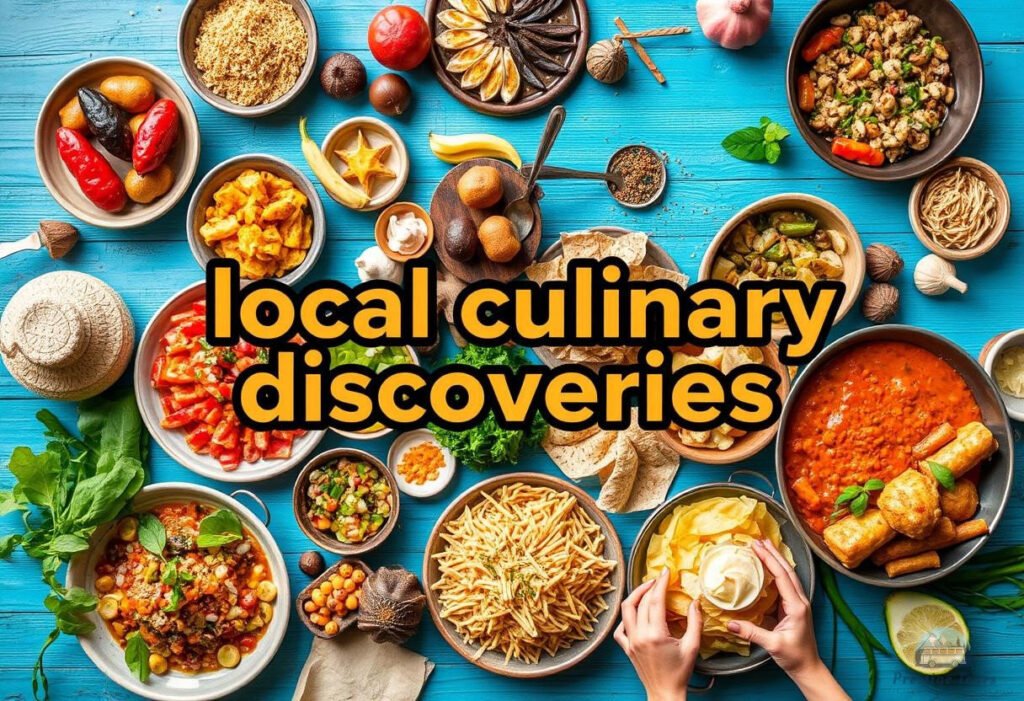Sustainable Culinary Tourism: How Technology Supports Local Traditions
Local culinary traditions are an integral part of the cultural heritage of different countries and regions. Sustainable culinary tourism is becoming an important tool for preserving these traditions, promoting their popularization and development. At the same time, modern technologies play a significant role in supporting and disseminating local gastronomic customs, providing access to information and facilitating the exchange of experience between travelers and local producers.
The Impact of Technology on Culinary Tourism
Digitalization and access to information
Digitalization technologies have significantly changed the approach to culinary touring and made it more accessible. Platforms for searching and booking food tours allow users to easily find interesting events and local specialties. More and more people choose platforms like Airbnb and Eatwith to immerse themselves in culture through cuisine, enjoying personal encounters with local chefs and farmers.
Virtual tours and online courses on local cuisine also popularize the acquaintance with unique recipes and culinary practices. Such courses allow participants to learn how to cook local dishes from anywhere in the world, and also expand the target audience for traditional cuisines.
Social networks and exchange of experience
Social media has become an integral part of life and an important tool for promoting local culinary traditions. Over time, it has helped people discover, discuss, and share their gastronomic preferences. Platforms such as Instagram and Facebook help spread information about unique places and events related to local food.
Building communities and supporting local producers through social media also strengthens the connections between consumers and producers. Users have the opportunity to communicate directly, which helps to develop sustainable cooperation based on mutual support.
Supporting local culinary traditions

Preservation of cultural heritage
Preserving cultural heritage is one of the main objectives of sustainable culinary tourism. Many projects focus on restoring and preserving traditional recipes that may be lost over time. Sustainable tourism provides a platform for transmitting this knowledge to new generations and travelers, helping to preserve the uniqueness of each cuisine.
The relationship between sustainable tourism and the development of unique cuisines plays an important role in this process. New gastronomic initiatives often inspire locals to use traditional techniques and ingredients in modern interpretations, which creates new opportunities for their popularization.
Economic benefits for local communities
The development of culinary tourism brings economic benefits to local communities. Culinary tours and festivals create new jobs and increase demand for local products. This, in turn, stimulates small businesses, improves the quality of life of local residents and contributes to the sustainable development of the region.
There are successful local initiatives in the food sector, such as farmers markets and cooking schools, that not only support local culture but also provide additional sources of income for residents. These examples clearly demonstrate how culinary tourism can impact local economies and cultural diversity.
Conclusion
Sustainable culinary tourism is a promising direction that contributes to the preservation of local culinary traditions and economic development. Technological innovations play a key role in this process, providing access to information and interaction between producers and consumers. The call to study and support local culinary traditions remains relevant, as they enrich not only the gastronomic but also the cultural experience of travelers.
For more information on culinary tourism in Russia, you can visit Russian Gastronomic AssociationFor more resources and ideas on food tourism, check out our Culinary Traditions section.











